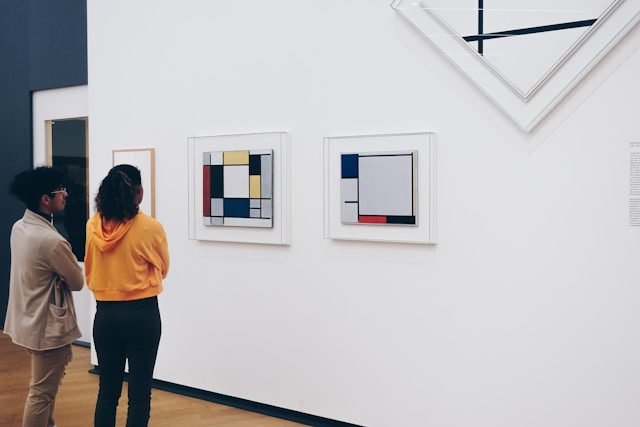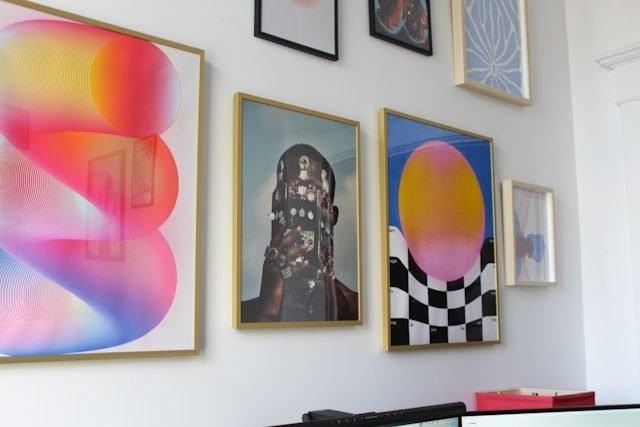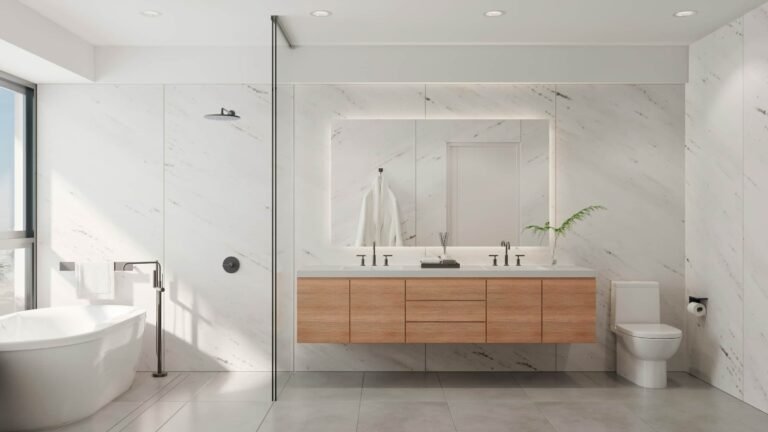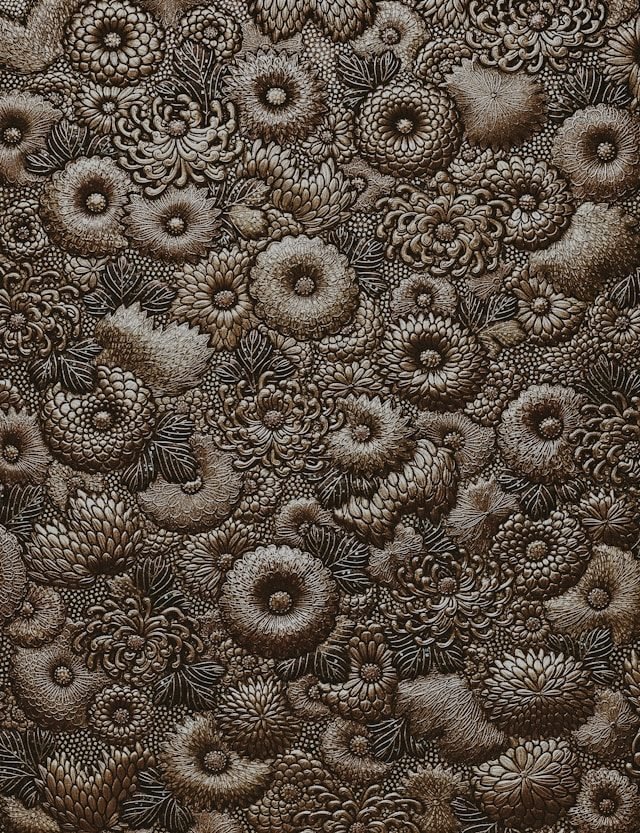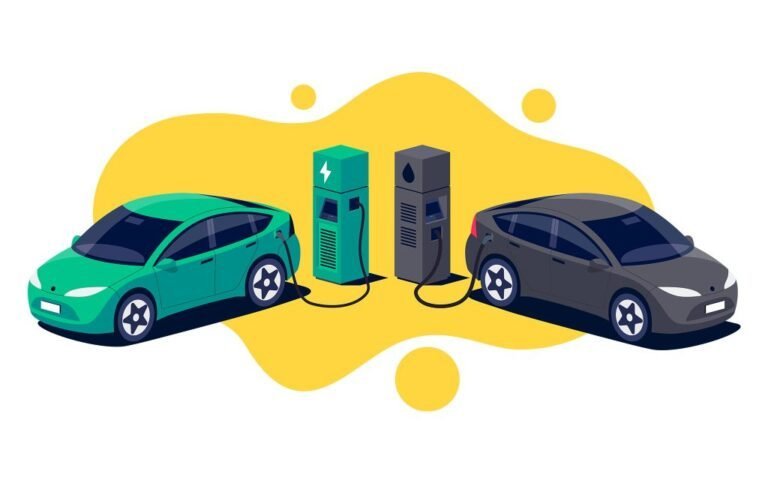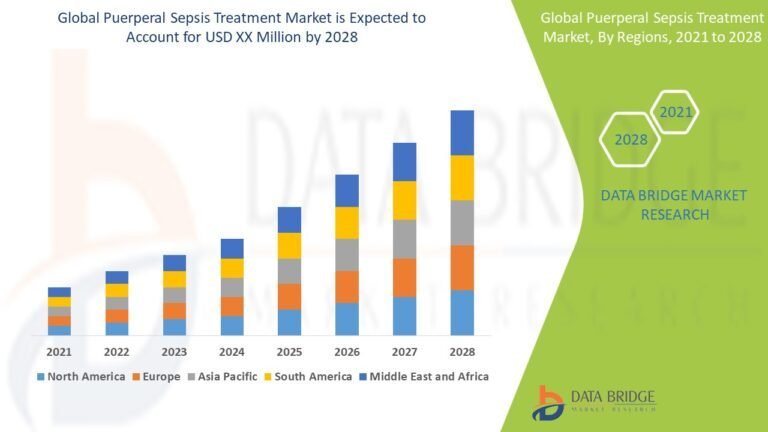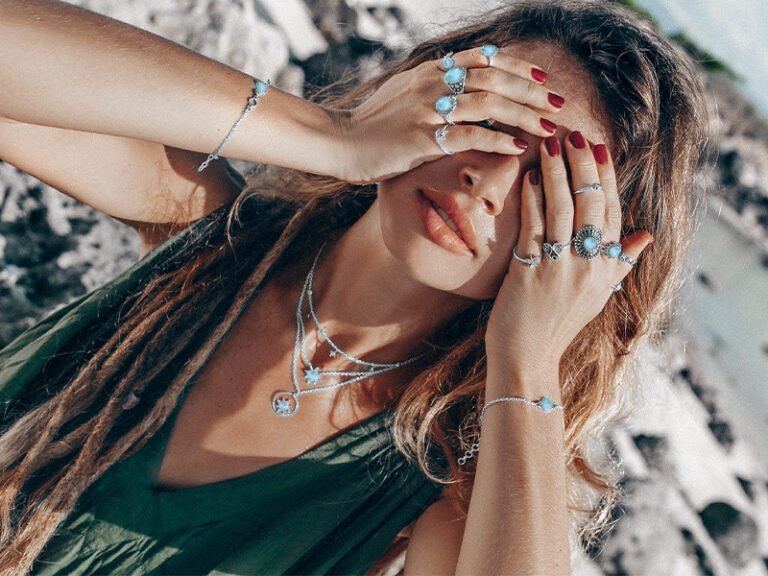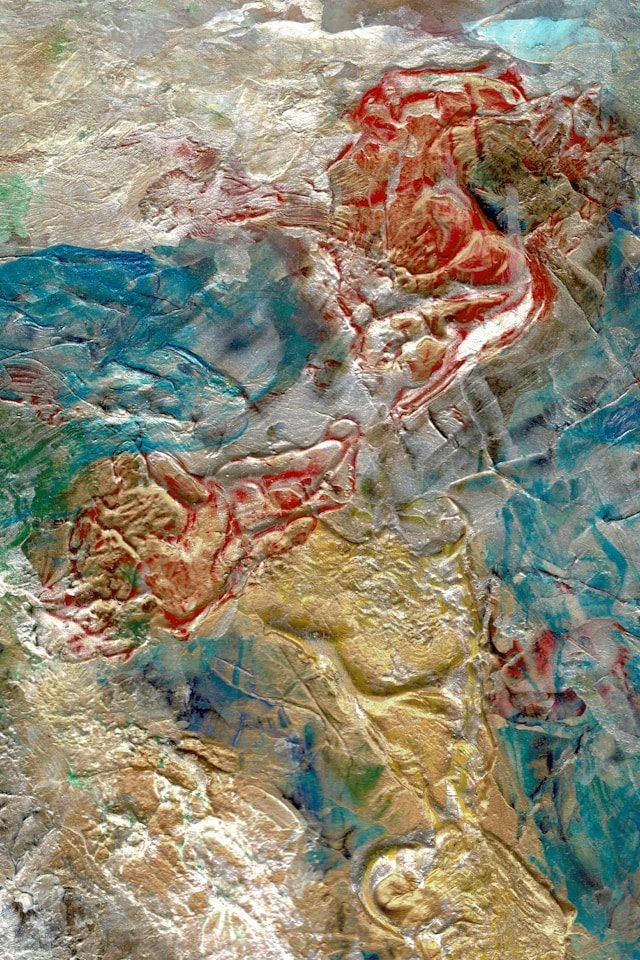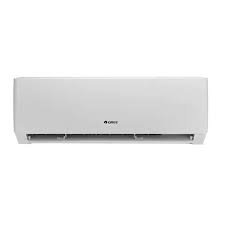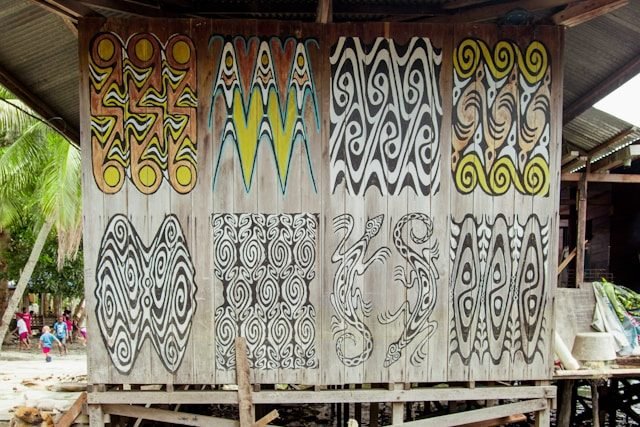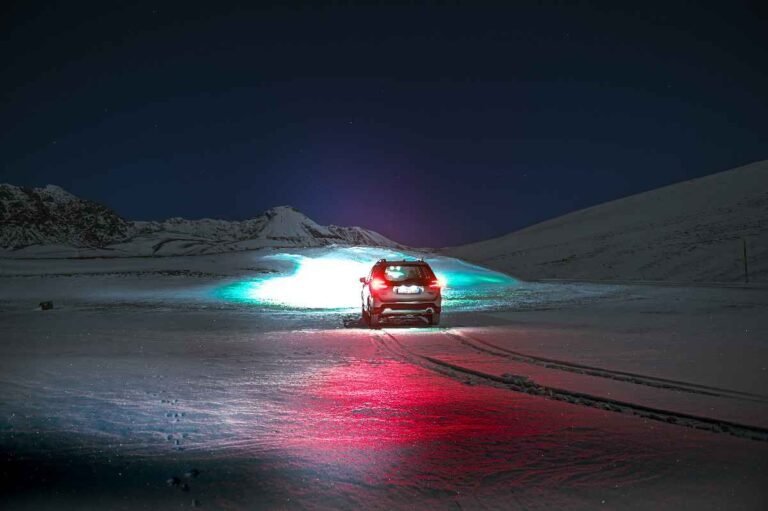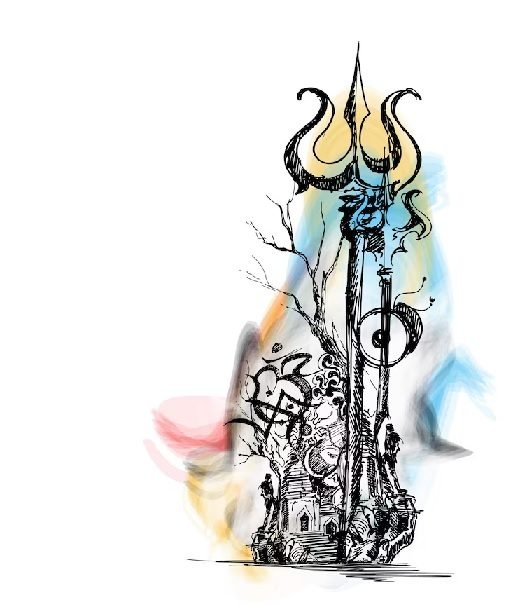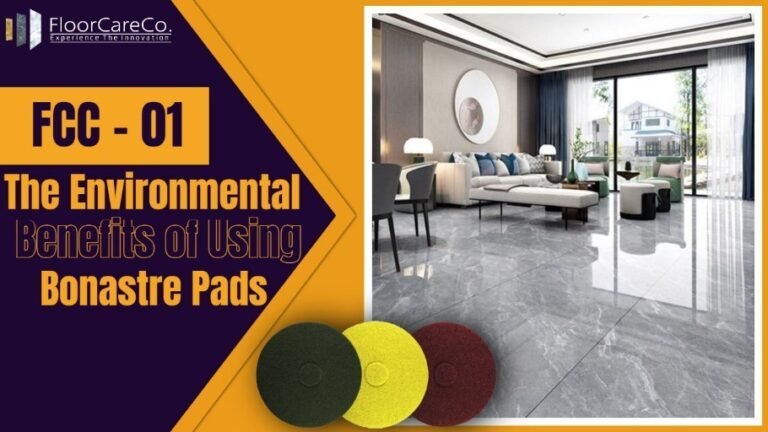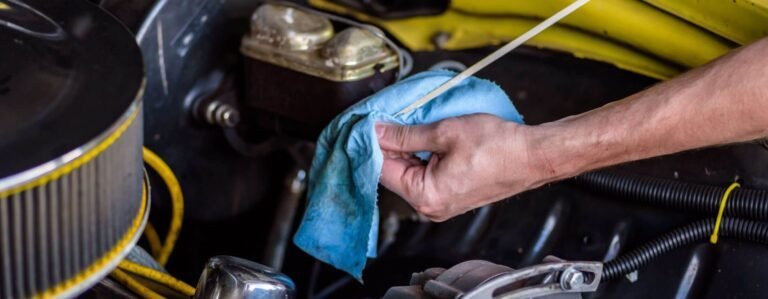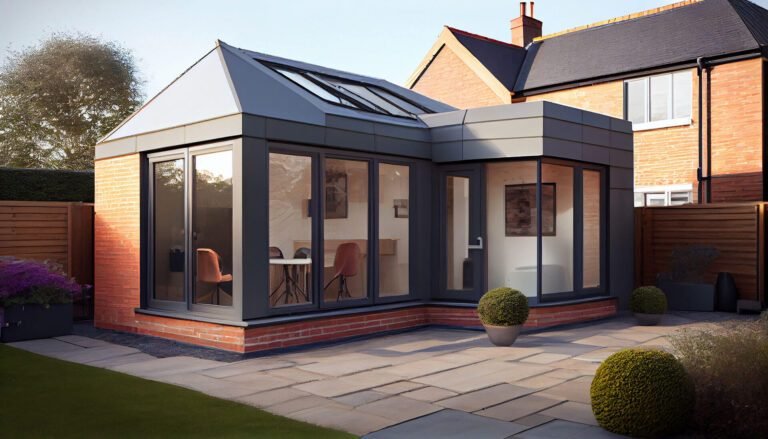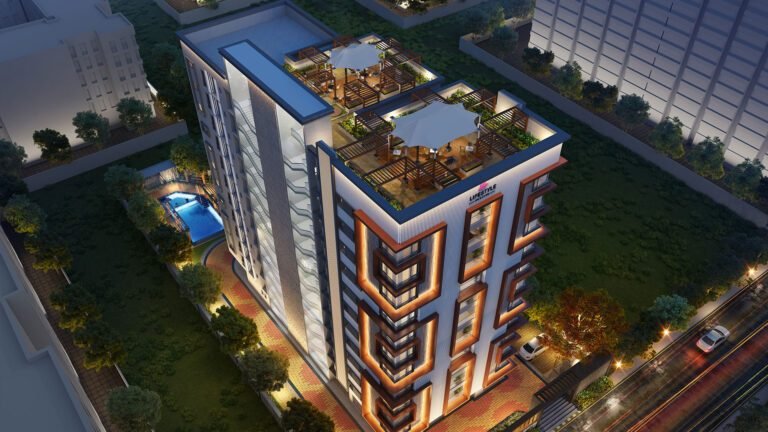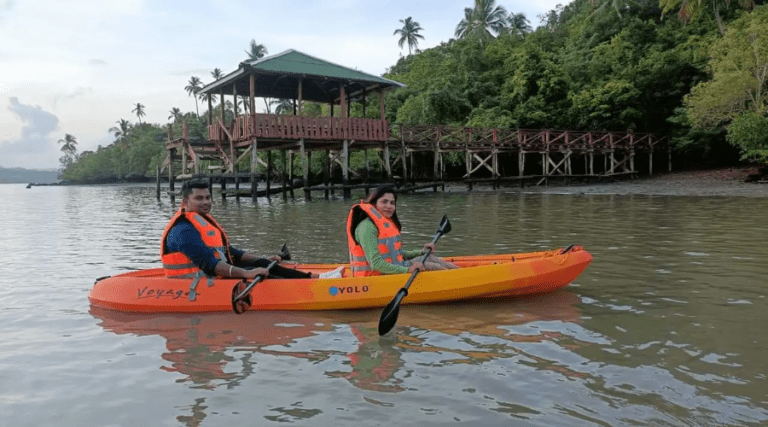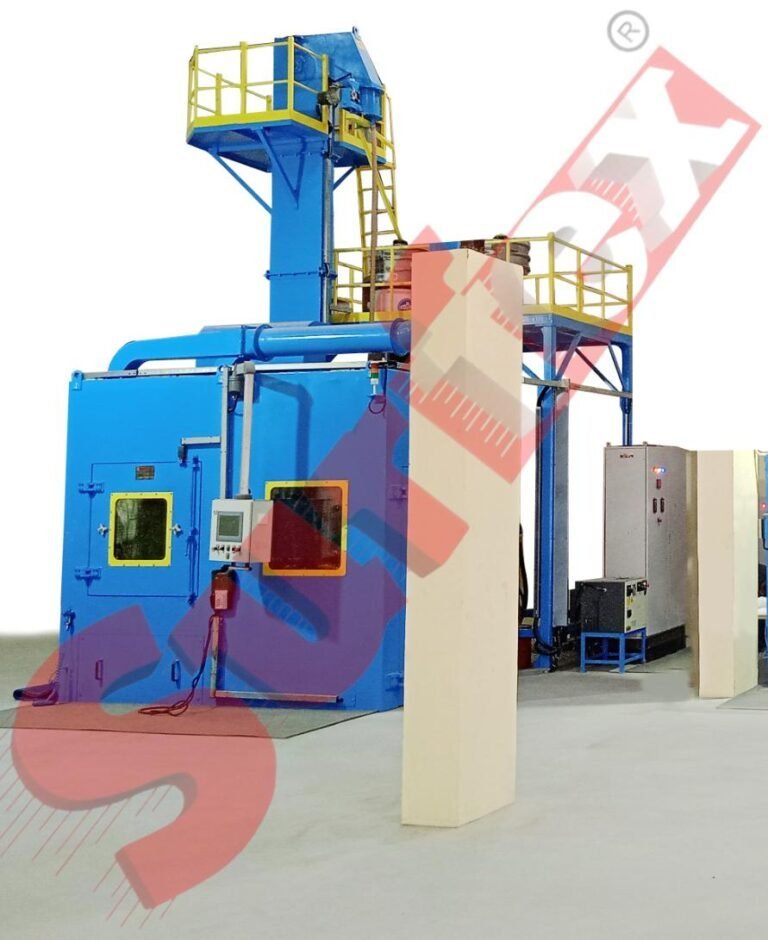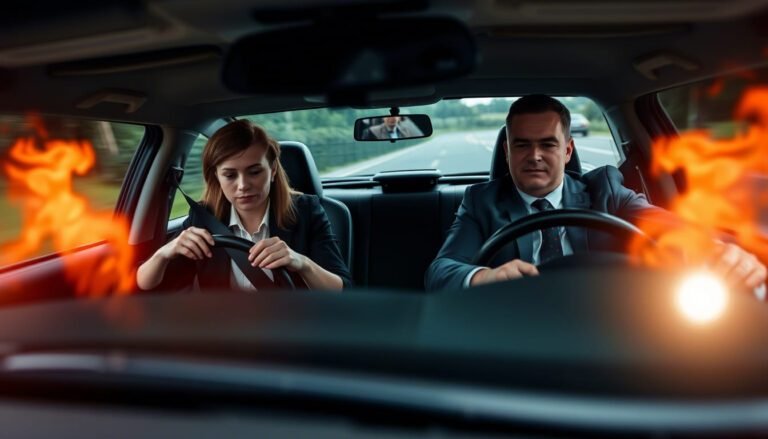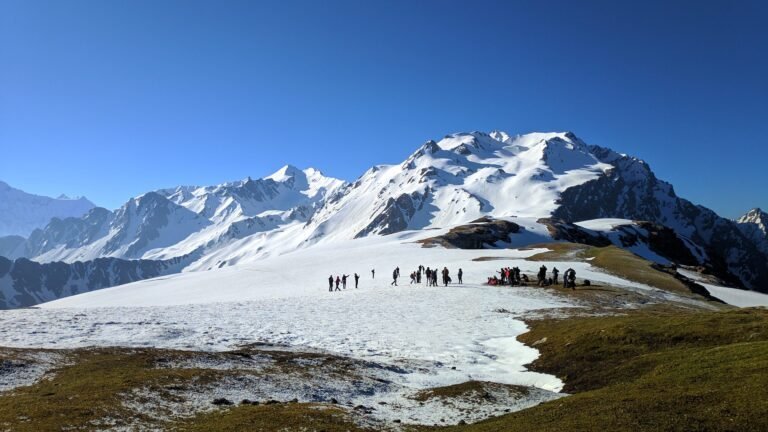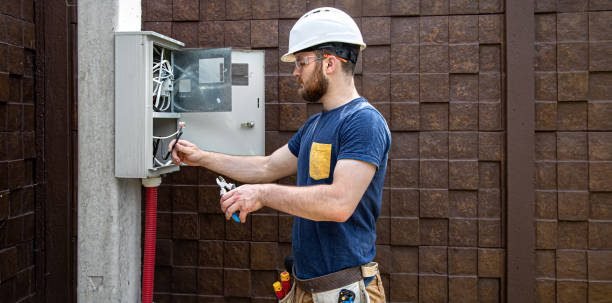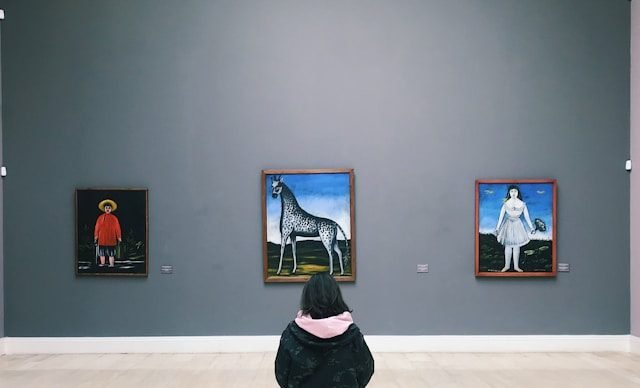When it comes to drones, DJI is one of the most well-known and trusted names in the market. Their Mini series of drones, such as the DJI Mini 2, Mini SE, Mini 3, and Mini 3 Pro, are designed to be lightweight, portable, and user-friendly. They are an excellent choice for beginners and hobbyists, as well as professionals who need a compact drone for capturing high-quality footage.
One of the most important factors to consider when buying a drone is its video resolution. This is especially important if you are interested in creating professional-looking videos or stunning aerial shots. In this blog post, we’ll explore the video resolutions offered by the DJI Mini series and what makes them stand out in their category.
Why Video Resolution Matters
In different types of drones video resolution refers to the number of pixels used to display an image or video. Higher resolution means more pixels, resulting in sharper and more detailed images. For example:
- 1080p (Full HD): A resolution of 1920×1080 pixels. It’s great for most casual uses and sharing on social media.
- 2.7K: A resolution of 2704×1520 pixels. It provides more detail than 1080p but doesn’t demand as much storage or processing power as 4K.
- 4K (Ultra HD): A resolution of 3840×2160 pixels. It’s ideal for professional projects, offering stunning clarity and detail.
When choosing a drone, understanding the resolution capabilities can help you decide which model best fits your needs.
DJI Mini SE
The DJI Mini SE is an entry-level drone that’s affordable and compact. Despite its low price point, it offers impressive video quality for beginners.
- Video Resolution: The Mini SE can record at a maximum resolution of 2.7K (2720×1530) at 30 frames per second (fps). This resolution is perfect for creating high-quality videos that look great on social media or standard displays.
- Who It’s For: The Mini SE is ideal for casual users, beginners, or those on a budget who want to experience aerial photography and videography without breaking the bank.
DJI Mini 2
The DJI Mini 2 is a step up from the Mini SE, offering improved performance and additional features. One of the standout features is its ability to shoot videos in 4K.
- Video Resolution: The Mini 2 supports 4K video at 30 fps and 1080p at up to 60 fps. This makes it a versatile choice for users who want higher video quality and the ability to slow down footage in post-production.
- Additional Features: The Mini 2 also supports a 4x digital zoom, allowing you to capture more details without getting too close to the subject.
- Who It’s For: This drone is perfect for hobbyists and intermediate users who want to capture sharp and detailed videos while maintaining portability.
DJI Mini 3
The DJI Mini 3 takes things further, focusing on delivering exceptional video quality and enhanced low-light performance.
- Video Resolution: The Mini 3 can record in 4K at up to 30 fps and supports HDR (High Dynamic Range) for videos. HDR ensures that your footage has a balanced exposure, capturing details in both bright and dark areas.
- Low-Light Capabilities: Thanks to its larger camera sensor, the Mini 3 performs well in low-light conditions, making it a great choice for sunrise, sunset, or night photography.
- Who It’s For: It’s suitable for content creators and enthusiasts who want high-quality videos without stepping into professional-grade drones.
DJI Mini 3 Pro
The DJI Mini 3 Pro is the most advanced model in the Mini series. It’s packed with features that cater to professionals and serious drone enthusiasts.
- Video Resolution: The Mini 3 Pro offers 4K video at up to 60 fps, allowing you to create smooth and cinematic footage. It also supports HDR and 10-bit color for capturing vibrant and true-to-life colors.
- Vertical Shooting: A unique feature of the Mini 3 Pro is its ability to shoot vertical videos in 4K. This is ideal for social media platforms like Instagram and TikTok, where vertical content is popular.
- Advanced Features: The Mini 3 Pro includes obstacle avoidance sensors, making it easier and safer to fly in complex environments.
- Who It’s For: Professionals, content creators, and advanced users looking for a high-quality, portable drone with premium features.
Comparing the DJI Mini Series Video Resolutions
Here’s a quick comparison of the video resolutions offered by the DJI Mini series:
| Model | Maximum Resolution | Frame Rate Options | Ideal For |
|---|---|---|---|
| DJI Mini SE | 2.7K (2720×1530) @ 30 fps | 1080p @ 60 fps | Beginners and casual users |
| DJI Mini 2 | 4K (3840×2160) @ 30 fps | 1080p @ 60 fps | Hobbyists and intermediate users |
| DJI Mini 3 | 4K (3840×2160) @ 30 fps | HDR, low-light performance | Content creators and enthusiasts |
| DJI Mini 3 Pro | 4K (3840×2160) @ 60 fps | HDR, 10-bit color, vertical shooting | Professionals and advanced users |
How to Choose the Right DJI Mini Drone for Video Resolution
When deciding which DJI Mini drone to buy, consider the following factors:
Purpose:
- Are you using the drone for casual purposes like capturing family events or vacations? The Mini SE should suffice.
- For social media content creation or hobby projects, the Mini 2 or Mini 3 may be a better fit.
- If you’re a professional, the Mini 3 Pro’s advanced features and higher frame rates make it a great option.
Budget:
- The Mini SE is the most budget-friendly.
- If you’re willing to spend more for better video quality and features, consider the Mini 2 or Mini 3 Pro.
Video Requirements:
- For basic videos, 2.7K resolution is often enough.
- If you want crisp and detailed footage for larger screens or professional projects, 4K is the way to go.
Portability:
- All Mini drones weigh under 250 grams, making them easy to carry and compliant with regulations in many countries.
Tips for Capturing the Best Video with Your DJI Mini Drone
- Shoot in Good Lighting: Even though some Mini drones perform well in low light, shooting during the golden hour (just after sunrise or before sunset) can enhance your footage.
- Stabilize Your Shots: Use the gimbal and avoid sudden movements to capture smooth videos.
- Use the Right Settings: Adjust resolution and frame rate according to your project. For example, use 4K at 30 fps for detailed shots or 1080p at 60 fps for slow-motion effects.
- Experiment with Angles: Try different perspectives to add creativity to your videos.
Conclusion
The DJI Mini series offers a wide range of options for drone enthusiasts, from beginners to professionals. Whether you’re capturing casual footage or creating professional content, there’s a DJI Mini drone with the video resolution to meet your needs.
































































































































































































